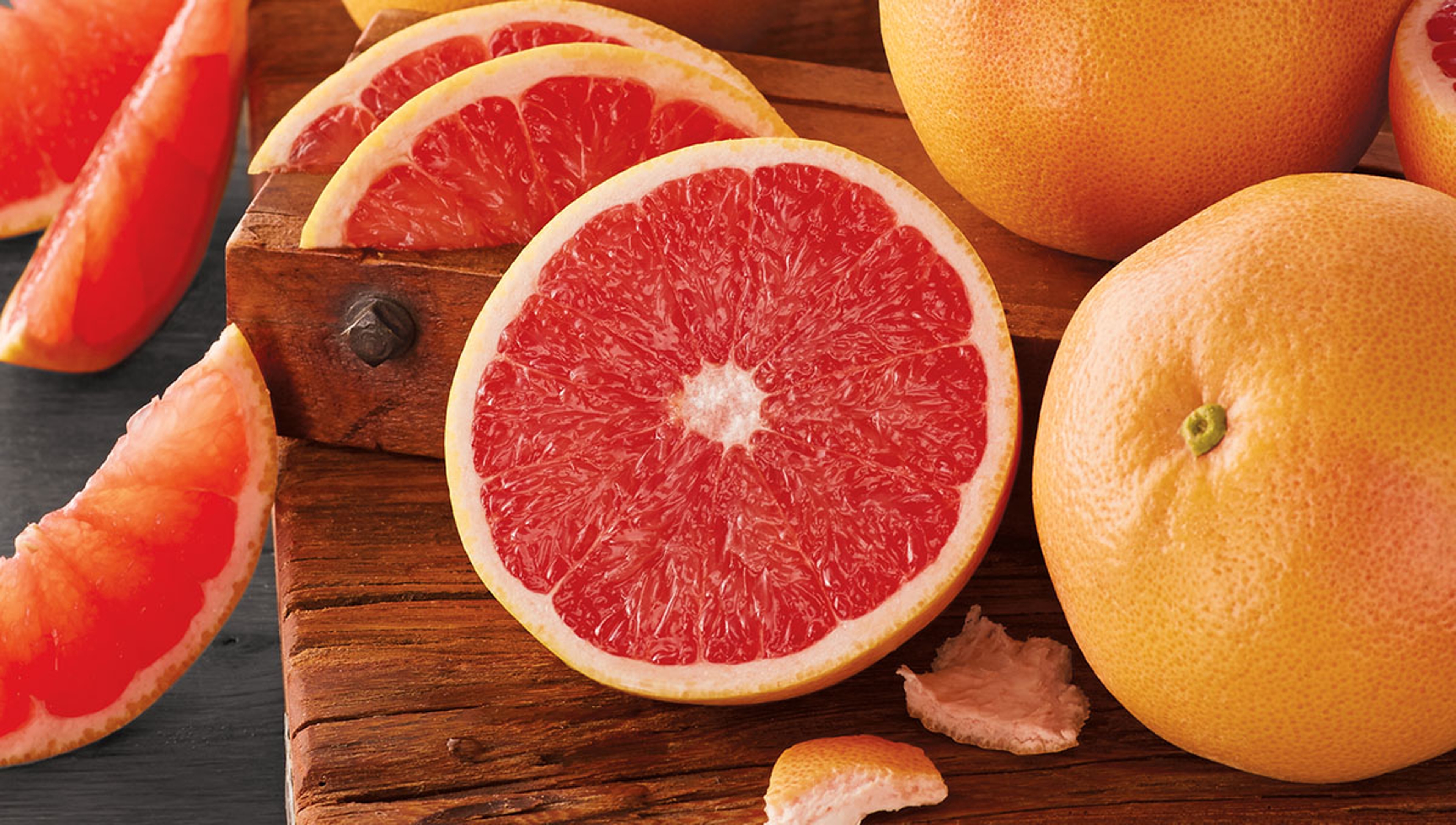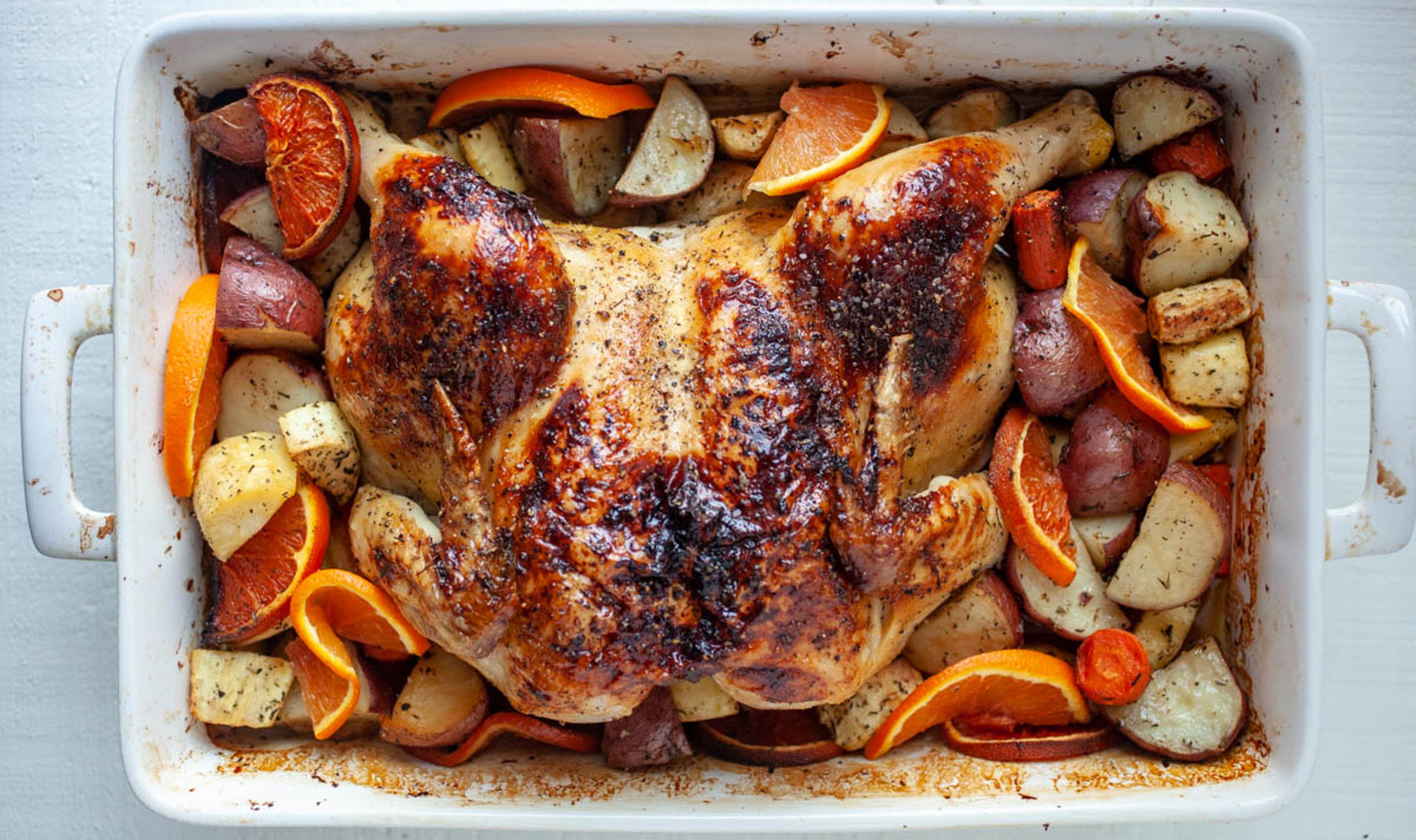What Are Cara Cara Oranges?
Native to Venezuela, Cara Cara oranges are unique and special, and only around for a couple of months — so savor that flavor.
Oct 15, 2025
Are Cara Cara oranges the world's best-tasting citrus? That's up for debate. (You can't discount HoneyBells or the gold nugget mandarin.) But with their distinctive, one-of-a-kind flavor; beautiful, unique ruby red color; and incredible versatility — they make a great snack or dessert but can also be used in recipes of all types — Cara Caras are a star, and one of the best oranges out there to sample and indulge in all season long. Which is a short one.
Have you had your Cara Cara yet this year?
A unique member of the citrus family
With a slightly oval shape, pebbly textured peel, and traditional citrus size of about 3 to 4 inches in diameter, these oranges look like most other common oranges on the outside. However, pull back that vibrant rind and spongy white pith and you'll find a sweet, low-acid, grapefruit-colored seedless cousin to the navel orange that tastes like citrus crossed with your favorite summer berry. They're light, refreshing, easy to peel, and like nothing else in the citrus aisle.
(Don't confuse the Cara Cara with the much darker blood orange. The flesh of that fruit is often almost purple in color, and its taste is much more tart, with a more pronounced tang.)
What makes a Cara Cara orange special?
A cross between the Washington navel and Brazilian Bahia navel, Cara Cara oranges look similar to these fruits on the outside. But underneath that peel, "there are two real standout features of a Cara Cara orange," says Jane Hunts, merchandise manager for fruit at Harry & David.
The first, Hunts says, is the fruit's color. Instead of translucent yellow-orange fruit, you'll find distinctive reddish-pink citrus segments that taste almost like candy. "The color makes it great to slice and use as a garnish or in a mixed salad." The coloring comes from the natural presence of a powerful antioxidant called lycopene — the same powerful, disease-fighting nutrient that gives tomatoes and watermelons their rosy hue.
The second is the flavor. "These oranges are slightly sweeter and less acidic than navel oranges," Hunts points out. "But more than that, they have a nuanced flavor that includes hints of strawberries, cranberries, blackberries, and roses, in addition to traditional orange goodness."
How did the Cara Cara orange get its name?
Like Cheddar cheese and Peking duck, these oranges get their name from the place they originated — in this case, a swath of land known as Hacienda Cara Cara in one of Venezuela's most fertile farming regions. Discovered in 1976, the Cara Cara remains a mystery. Nobody to this day knows if this type of orange is a natural wonder that appeared on its own or is a deliberate cross-pollination of the orange trees it comes from.
Can you find Cara Cara oranges outside of Venezuela?
While Cara Cara oranges got their start in South America, they are now widely grown in temperate regions across the globe. According to Hunts, most of the Cara Caras sold by Harry & David hail from sunny California. “We work with several premium growers in the state," she says. “We look for excellent fruit but also for farmers who have a passion for the land and sustainable agriculture."
When are Cara Cara oranges in season?
They are considered a mid-winter fruit and have a shorter seasonality than many other types of citrus. Catch them while you can between December and April, or risk missing out until the following year.
How to store Cara Cara oranges?
“Our Cara Cara oranges are tree-ripened," Hunts says. “We pick them up from the orchard as soon as they are harvested, and they are immediately packed and sent to customers." That means the oranges are ready to eat once you receive them.
Should you have discipline and want to wait to eat them, store your Cara Cara oranges in a cool, well-ventilated area. They'll keep in good condition for three to four days on the counter or for up to two weeks in the fridge. For maximum flavor, let cool oranges reach room temperature before eating.
.svg?q=70&width=384&auto=webp)






















